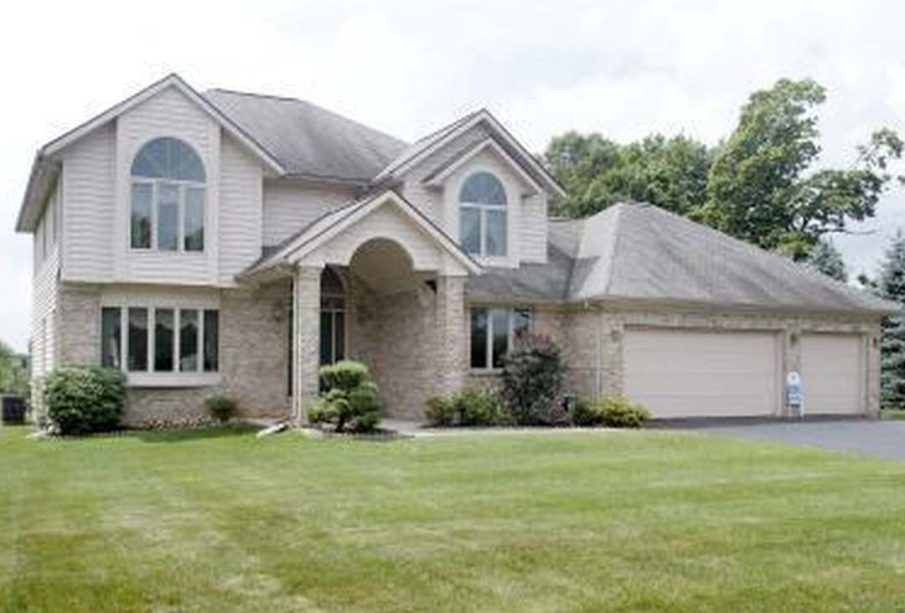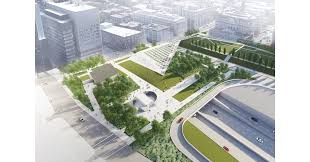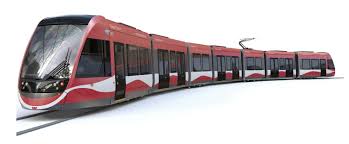Revitalizing Battle Creek, Michigan: Opportunities and Challenges

Introduction
Battle Creek, Michigan, known as “Cereal City” due to its historic connection with the cereal industry, has undergone significant changes in recent years. Once a bustling hub for major companies like Kellogg’s and Post, Battle Creek has faced economic challenges but is currently experiencing a resurgence. Understanding the city’s evolution is crucial for recognizing both the historical significance and the future potential of this Midwestern community.
Historical Background
The origins of Battle Creek date back to the early 19th century when settlers were drawn to its natural resources and strategic location. The city thrived primarily due to the cereal industry’s boom in the early 20th century. However, as manufacturing shifted elsewhere, so did the economic stability of the region. The decline of industries led to population loss and urban blight, creating a pressing need for revitalization.
Current Developments and Revitalization Efforts
Recently, Battle Creek has embarked on a series of efforts aimed at transforming the city into a vibrant community. Initiatives include urban redevelopment projects, investment in infrastructure, and the promotion of local businesses. Notably, the Battle Creek Economic Partnerships (BCEP) has been at the forefront, focusing on attracting new businesses while supporting existing ones.
One major project is the restoration of the historic downtown area, with new investments enhancing public spaces and encouraging foot traffic. The launch of local markets and festivals celebrates the region’s agricultural heritage and draws visitors from surrounding areas. In 2023, the city launched a campaign to promote tourism, showcasing attractions like the Binder Park Zoo and the Fort Custer Recreation Area.
Community Engagement and Future Prospects
Community engagement has played a pivotal role in shaping the revitalization process. Local residents have been encouraged to participate in city planning meetings, providing insights and suggestions that reflect their needs and desires. This grassroots involvement fosters a sense of pride and ownership among citizens, fostering a stronger sense of community.
Looking ahead, the city’s future appears promising. With ongoing investments and community support, Battle Creek stands to benefit from a diversified economy and improved living conditions. As the city strives to blend its rich history with modern growth strategies, it serves as a valuable case study for other struggling urban areas seeking to revitalize themselves.
Conclusion
Battle Creek, Michigan, is a city demonstrating remarkable resilience amidst challenges. Its ongoing revitalization efforts signal a hopeful horizon for residents and stakeholders alike. As developments continue and the community re-engages with its rich heritage, Battle Creek is poised for a vibrant future.









